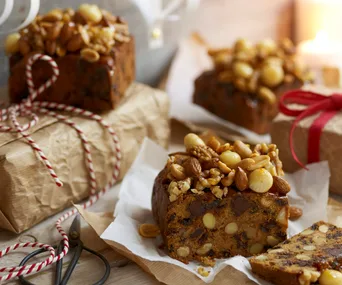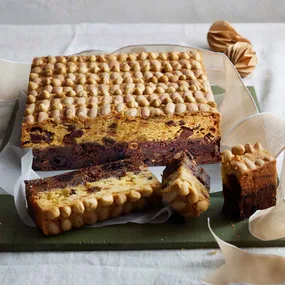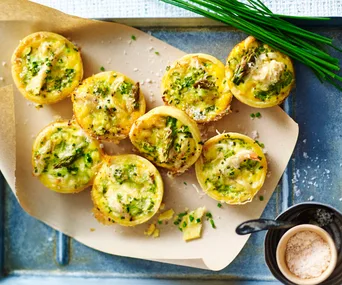There’s nothing quite like slicing into a cake to discover swirling patterns of colour and flavour hidden within, and this bundt cake with its mingling flavours of chocolate and orange is no different. While it certainly is impressive to discover the intricate patterns of batter inside a slice of cake, what might be more of a surprise is how simply this striking tiger pattern can be achieved.
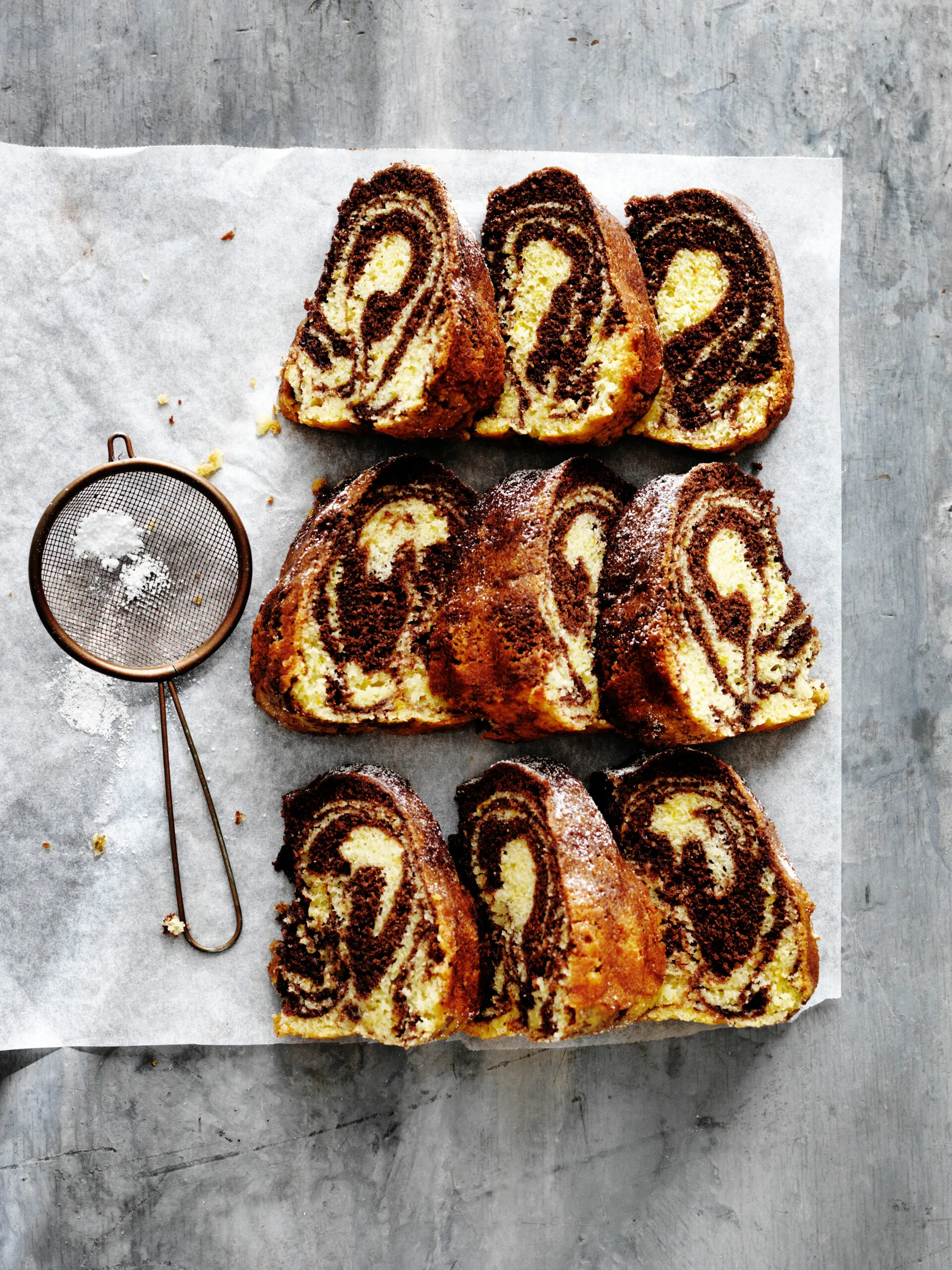
It all begins with the basic cake batter that is at the foundation of both the orange cake batter and chocolate cake batter used to create this decorative effect in a slice of bundt cake. Once the butter and caster sugar are blended together into a smooth, light and creamy mixture eggs are added for richness and stability. A combination of plain and self-raising flour mixed together is then gradually added, alternating with cold milk, to bring the cake batter to a deliciously thick consistency.
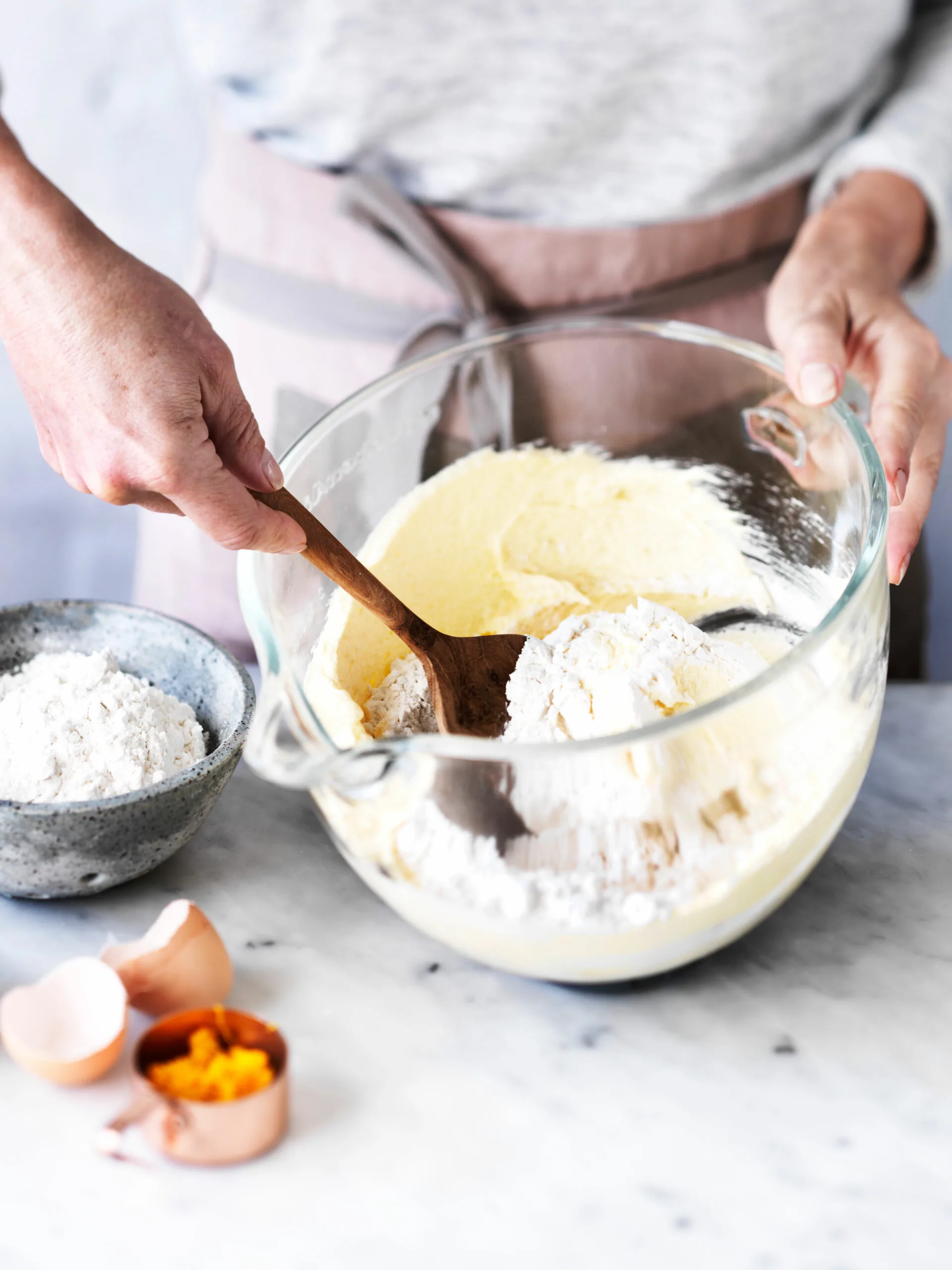
At this stage, the cake batter for the bundt cake is divided into to bowls where each batch is flavoured to create our two distinctive cake batters for the final “tiger” cake effect. To one batch orange rind and orange juice are added for a striking citrus flavour, while cocoa powder is added to the other. Since cocoa powder tends to absorb moisture, a little extra milk is added to keep both cake batters the same consistency.
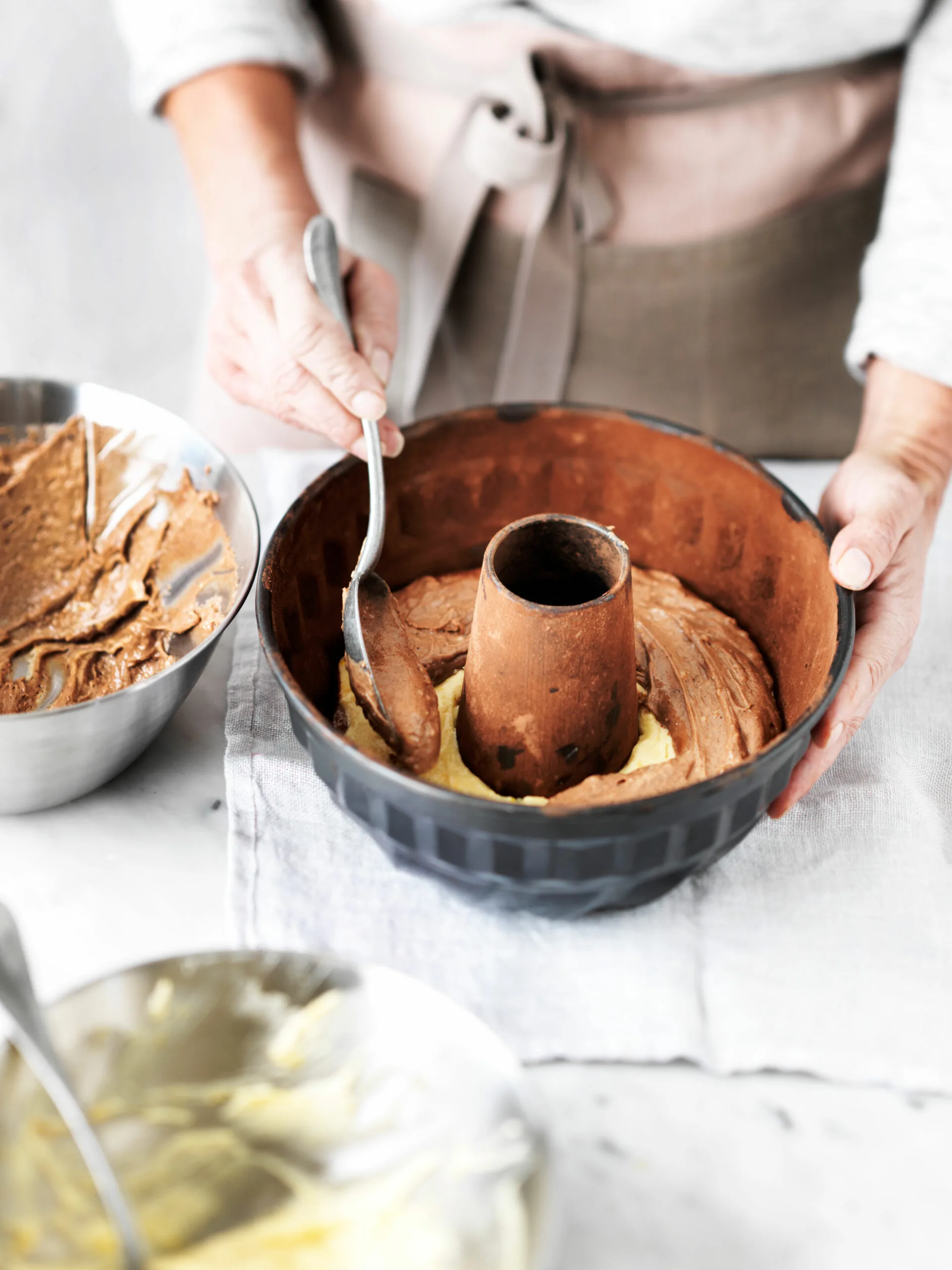
To prevent sticking, the bundt pan (also known as a kugelhopf pan) is greased with butter and then a dusting of cocoa powder. It’s into this pan that the two batters are now poured, in six alternating layers. This process is very similar to making a marble cake however, unlike a marble cake, we won’t be drawing a skewer through the batter to create a marble pattern. Instead, the bundt pan is tapped to remove any bubbles, and then the natural effects of gravity and heat are allowed to act upon the batter, causing it to swirl into more subtle shapes that resemble tiger stripes.
We love this cake as a delicious way to celebrate the pairing of chocolate and orange (seriously, Jaffa is just so yummy) but also an easy way to add a bit of flair and fun to a simple cake recipe.

Looking for more bundt cake recipes?
Ingredients
Method
Preheat oven to 180°C/350°F. Grease a 21cm {8½-inch} kugelhopf cake pan; sprinkle with a little cocoa, tap out excess cocoa.
Beat butter and caster sugar in a small bowl with an electric mixer on medium speed until light and fluffy. Beat in eggs, one at a time. Stir in combined sifted flours and milk, in two batches, until just combined.
Divide mixture between two medium bowls. Stir sifted cocoa and extra milk into one bowl of mixture. Stir rind and juice into second bowl.
Spread one-third of the chocolate mixture into pan; level the mixture with the back of a spoon. Top with one-third of the orange mixture. Repeat layering two more times. Gently tap the cake pan on a work surface to remove any air pockets.
Bake cake for 50 minutes or until a skewer inserted into the centre comes out clean. Leave cake in pan for 5 minutes before turning onto a wire rack to cool. Just before serving, dust with sifted icing sugar.
Store cake in an airtight container, at room temperature, for up to 3 days. Cake can be frozen for up to 2 months.
A kugelhopf pan is also known as a bundt pan. Cakes cooked in these pans tend to crack because of the small surface area. To test if the cake is cooked, insert a skewer as close to the centre of the cake as possible, avoiding cracks. Cracks will give an inaccurate result.
Note
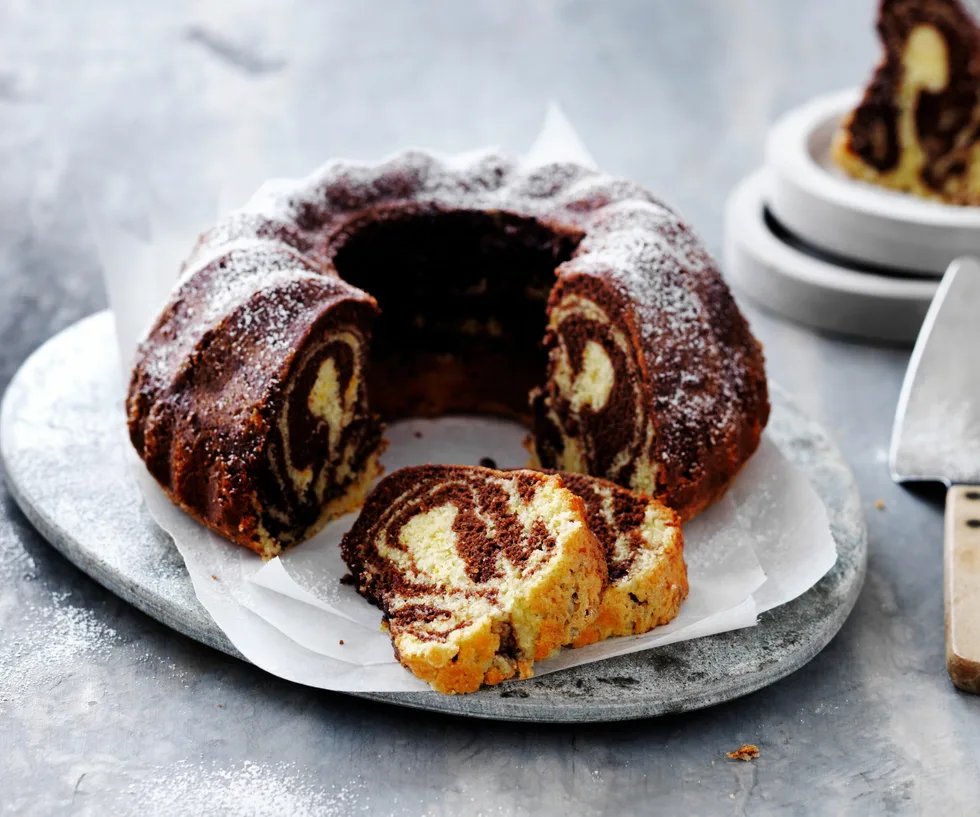 Louise Lister
Louise Lister





